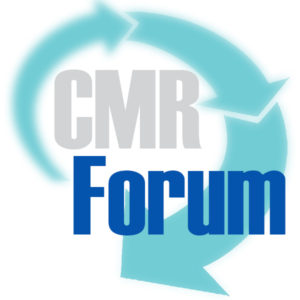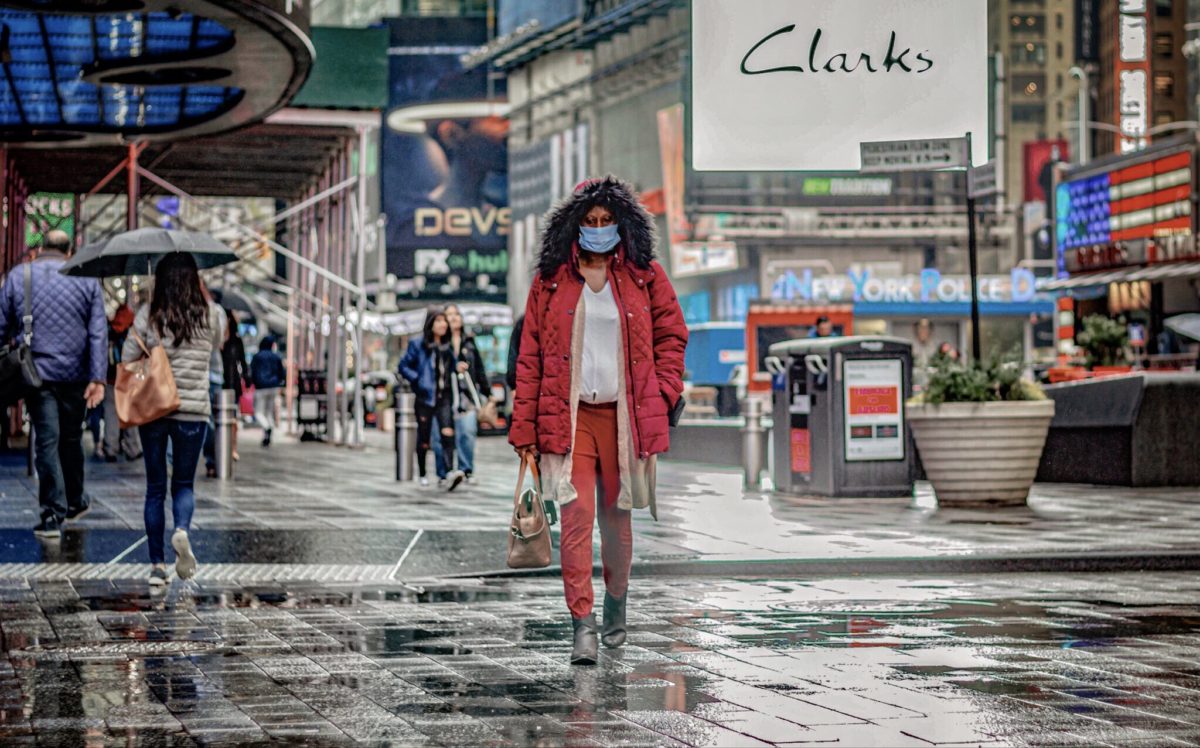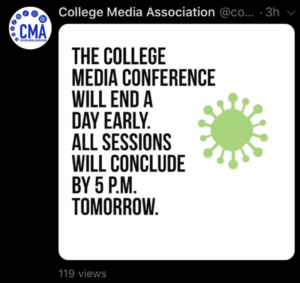Community journalism ‘never more important’ than now
By Megan Wehring
Texas State University
The Pew Research Center continues to report on declining newspaper circulation (“its lowest level since 1940”), revenue (“declined dramatically between 2008 and 2018”) and employment (“dropped by nearly half between 2008 and 2018”).
 But Frank Blethen, in a Washington Post column, says, “Local journalism has never been more important or sought after.”
But Frank Blethen, in a Washington Post column, says, “Local journalism has never been more important or sought after.”
And longtime journalist Joyce Dehli calls local journalism “an essential force in our democracy.”
Emphasizing the continuing role of local media in American society, a panel of local journalists visited with college students as part of Dow Jones News Fund and Texas Press Association intern training May 27.
Panelists discussed how local journalists need to earn and maintain the public’s trust. They must tell all the stories of the community. Continue reading “Local media leaders encourage prospective journalists”


 Using a health equity lens to cover COVID-19 in minority communities
Using a health equity lens to cover COVID-19 in minority communities Writer-coaching is not a new concept
Writer-coaching is not a new concept A case study of 50 years of corrections in a college newspaper
A case study of 50 years of corrections in a college newspaper Abstract: Corrections increase transparency and credibility, but college newspapers rarely publish them. This study explores trends in college newspaper corrections. In particular, it analyzes 50 years of corrections at a sample college newspaper and its website. Through thematic analysis (N = 95 corrections), it discusses changes in correction style and content over time. It explores the struggles of college newspapers, as well as the influence of professional news outlets. In particular, the authors identified a shift from early “requests for corrections” to more “modern” corrections that included labels and apologies. It also finds a strong influence of the student editor, who occasionally published specific calls for transparency and accuracy. As student newspapers have significant staff turnover, this study recommends that messages about corrections and accuracy be shared by student media’s consistent forces: relevant classes, publication handbooks, and—perhaps most importantly—faculty advisers.
Abstract: Corrections increase transparency and credibility, but college newspapers rarely publish them. This study explores trends in college newspaper corrections. In particular, it analyzes 50 years of corrections at a sample college newspaper and its website. Through thematic analysis (N = 95 corrections), it discusses changes in correction style and content over time. It explores the struggles of college newspapers, as well as the influence of professional news outlets. In particular, the authors identified a shift from early “requests for corrections” to more “modern” corrections that included labels and apologies. It also finds a strong influence of the student editor, who occasionally published specific calls for transparency and accuracy. As student newspapers have significant staff turnover, this study recommends that messages about corrections and accuracy be shared by student media’s consistent forces: relevant classes, publication handbooks, and—perhaps most importantly—faculty advisers. Balancing Act: Launching a research program requires give-and-take
Balancing Act: Launching a research program requires give-and-take Research Director Vince Filak, UW-Oshkosh Professor and then-adviser of The Advance-Titan, led the session, and he opened by suggesting looking at one’s own campus media newsroom to start.
Research Director Vince Filak, UW-Oshkosh Professor and then-adviser of The Advance-Titan, led the session, and he opened by suggesting looking at one’s own campus media newsroom to start. Adjustments from COVID-19 may mark permanent changes for student newspapers
Adjustments from COVID-19 may mark permanent changes for student newspapers
 Under the guidance announced by Cuomo, most gatherings of more than 500 people were banned, including the College Media Association conference.
Under the guidance announced by Cuomo, most gatherings of more than 500 people were banned, including the College Media Association conference.